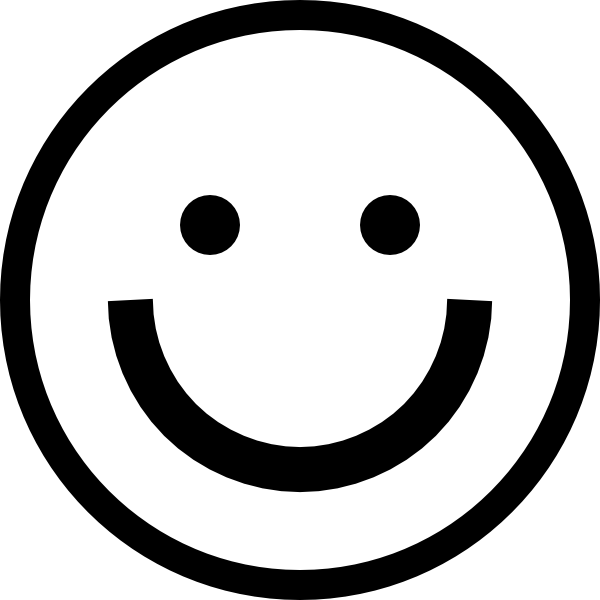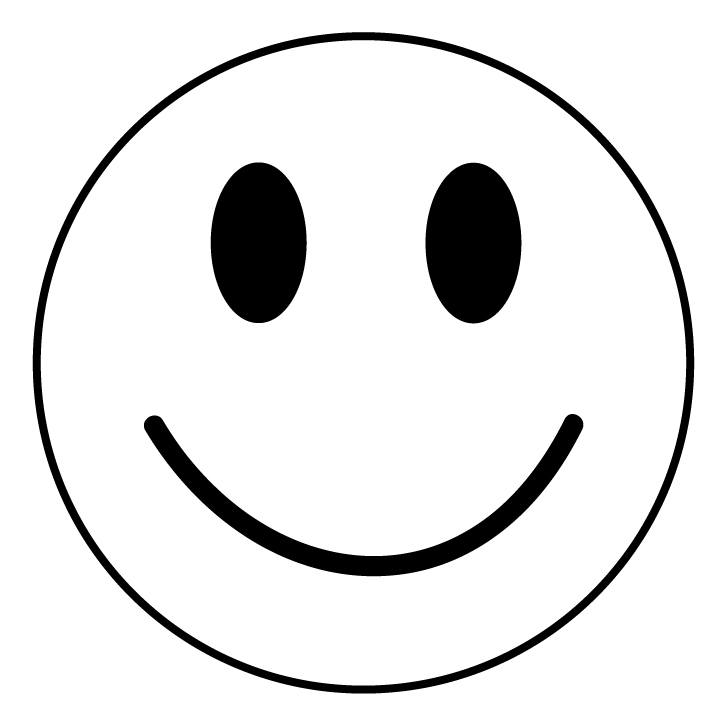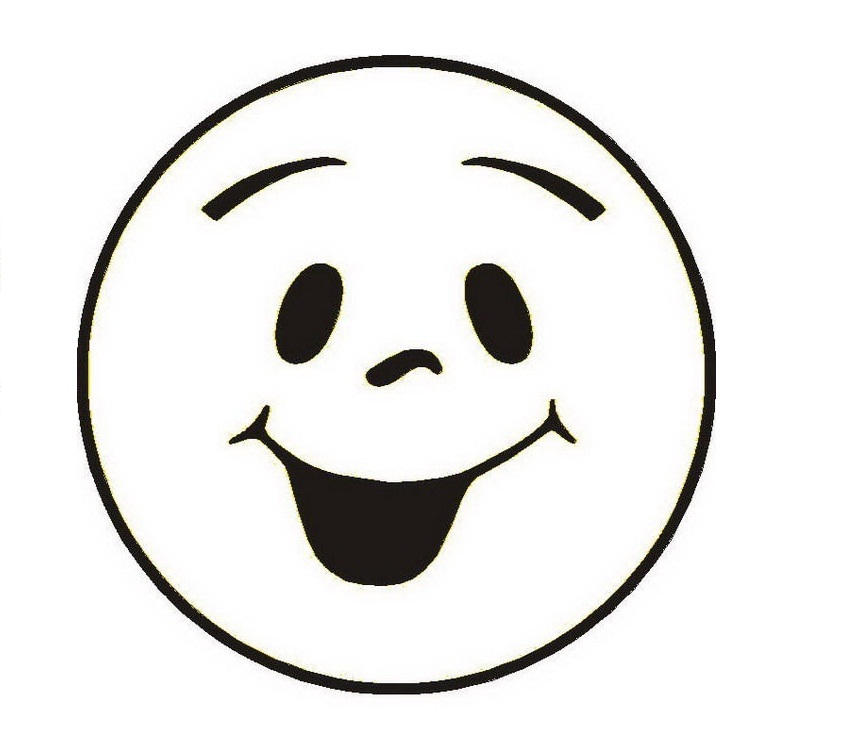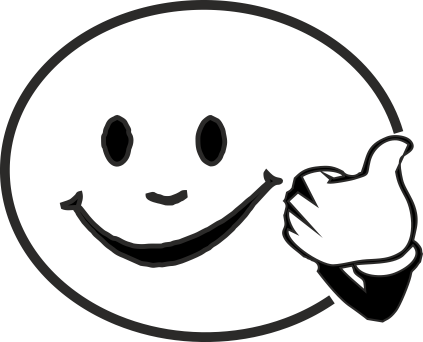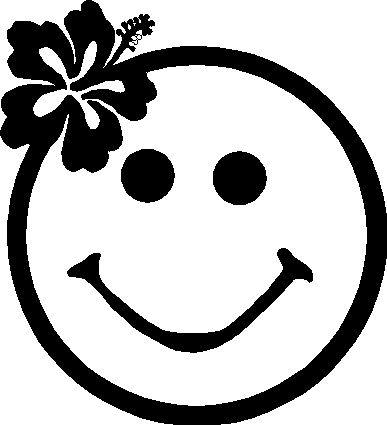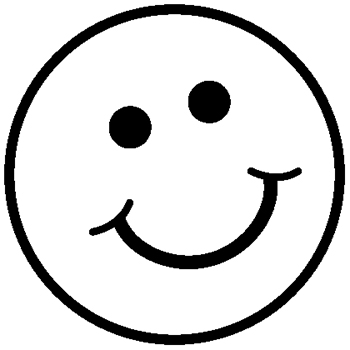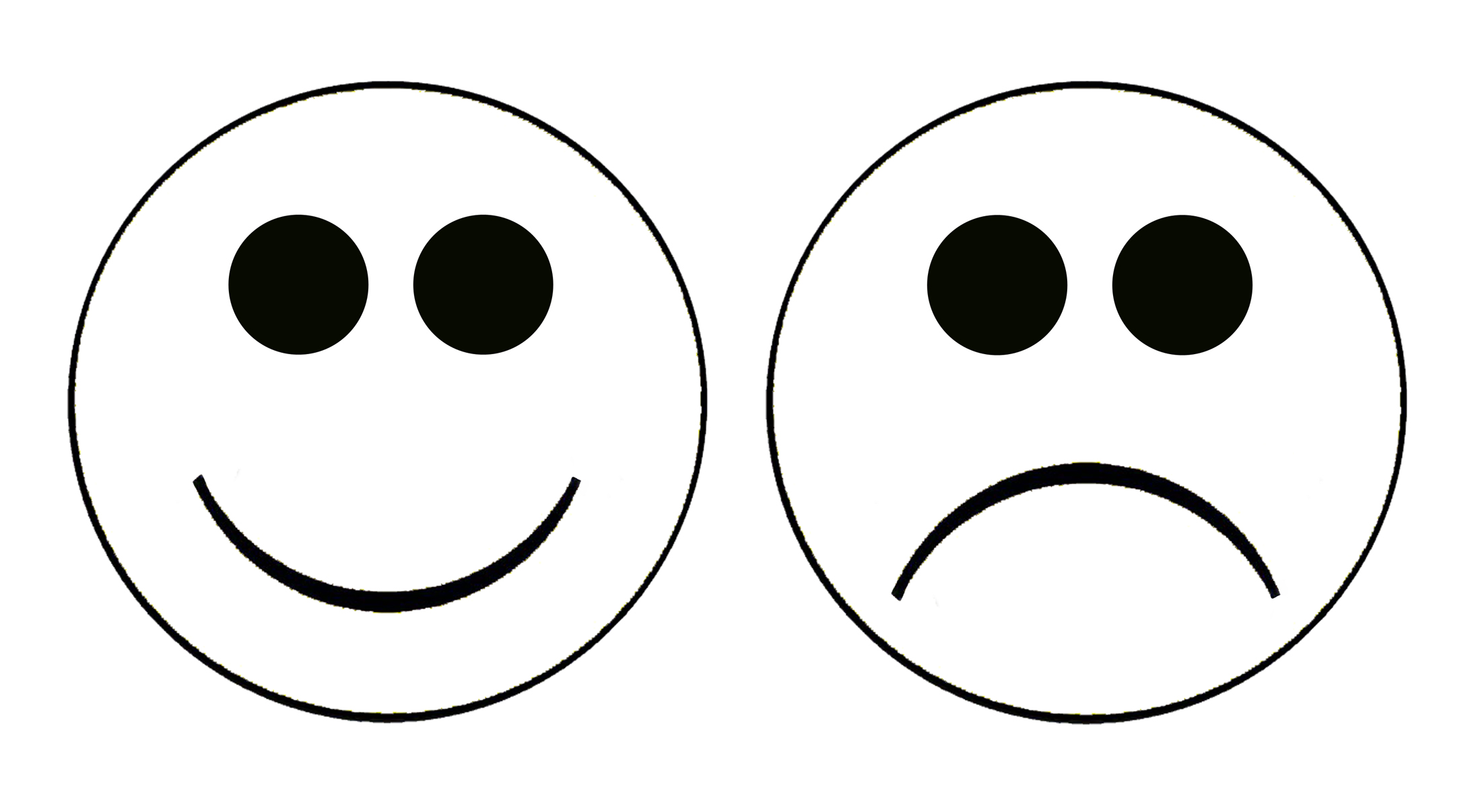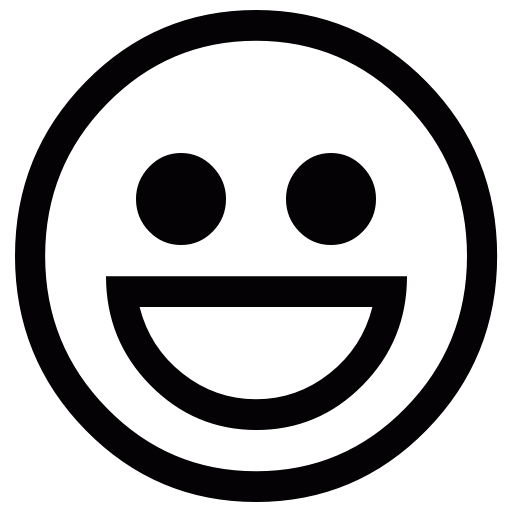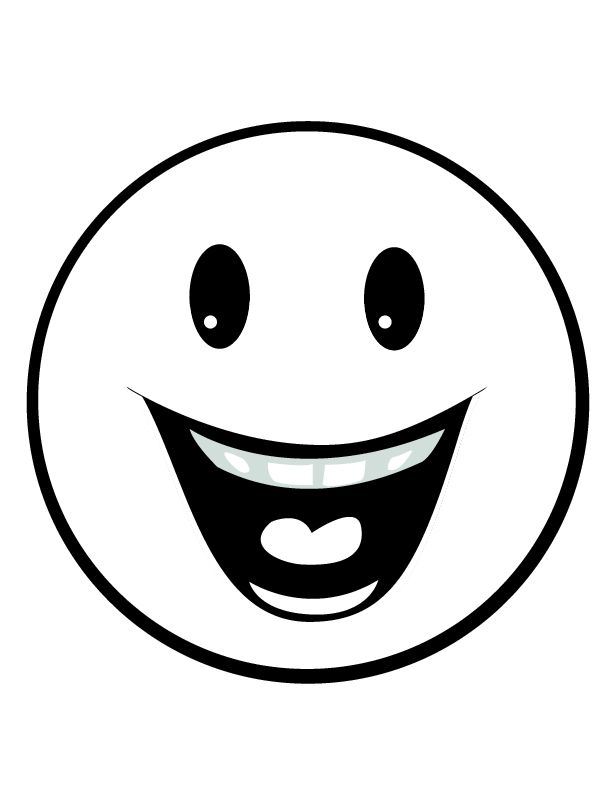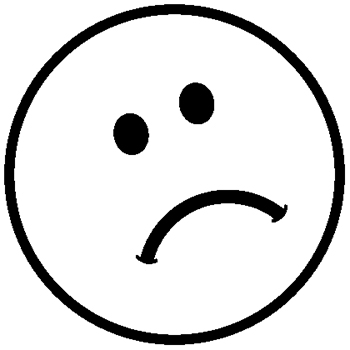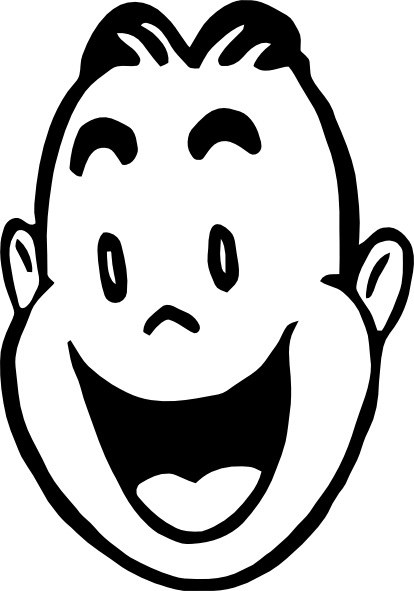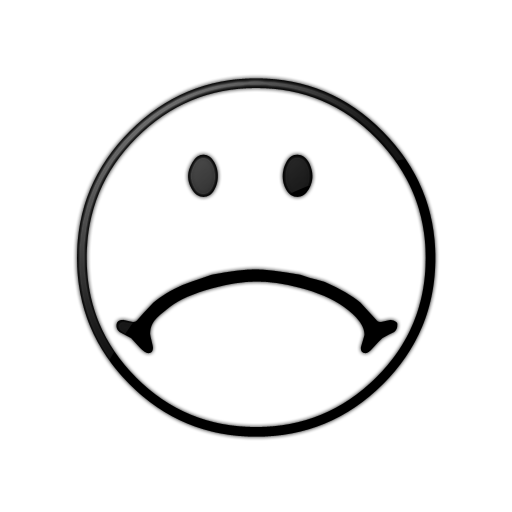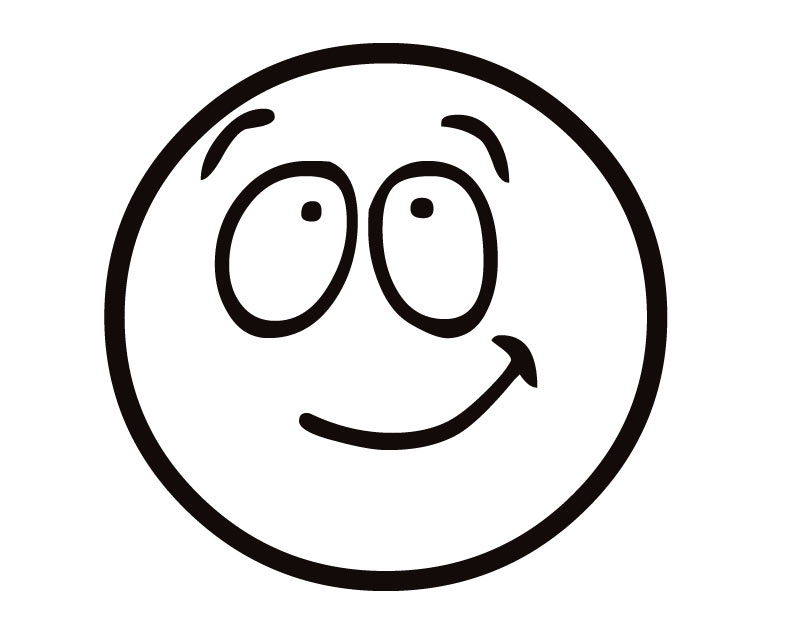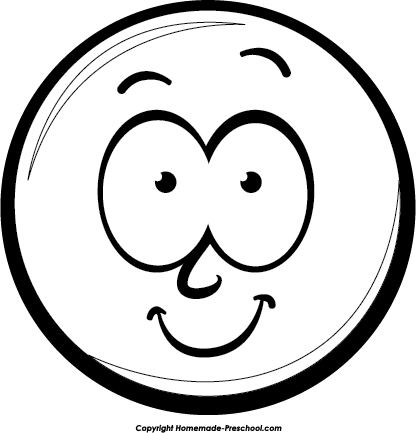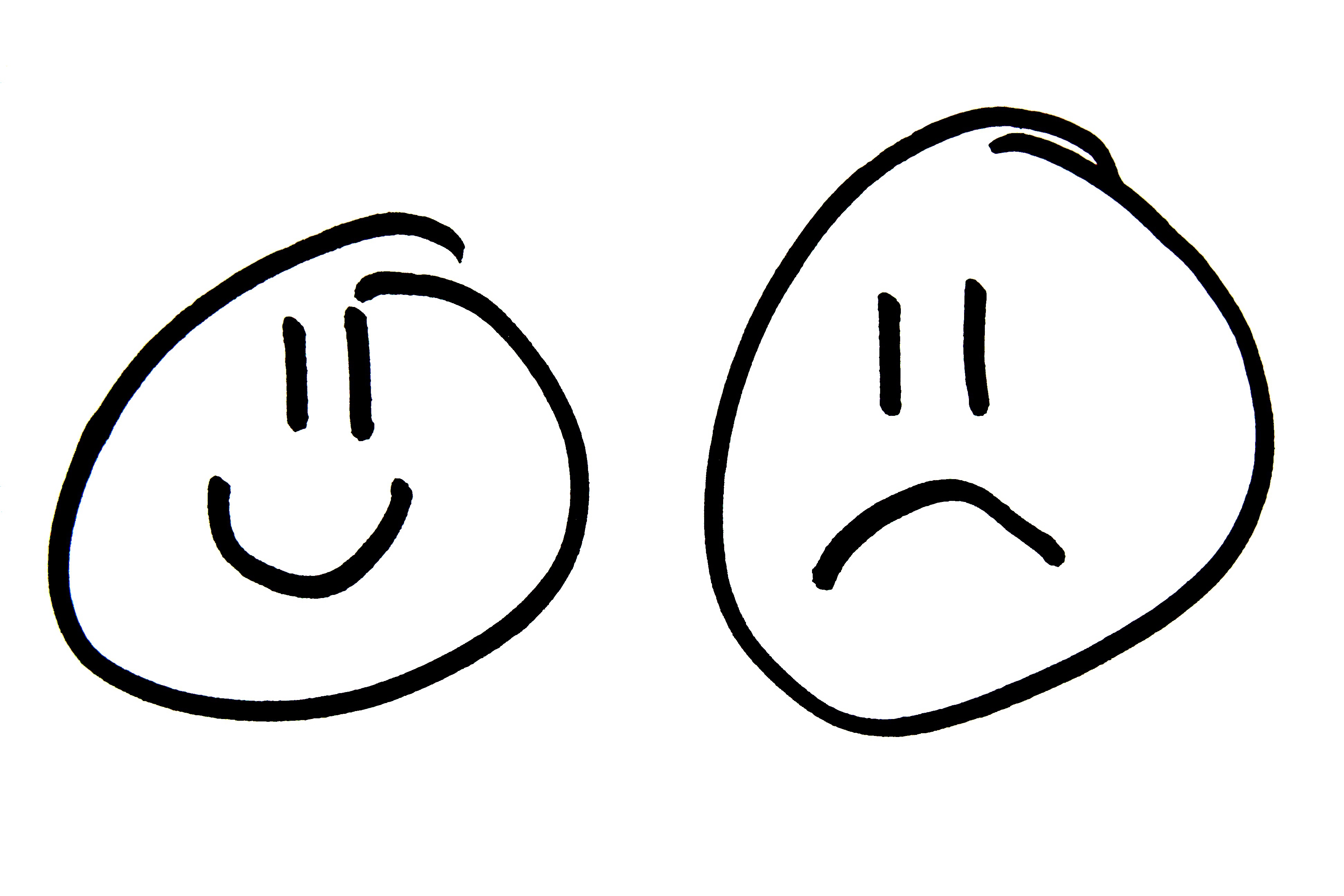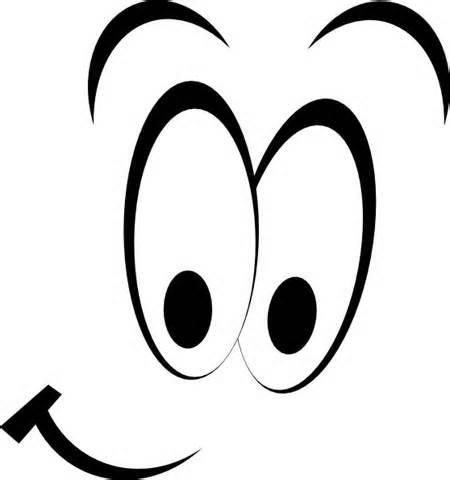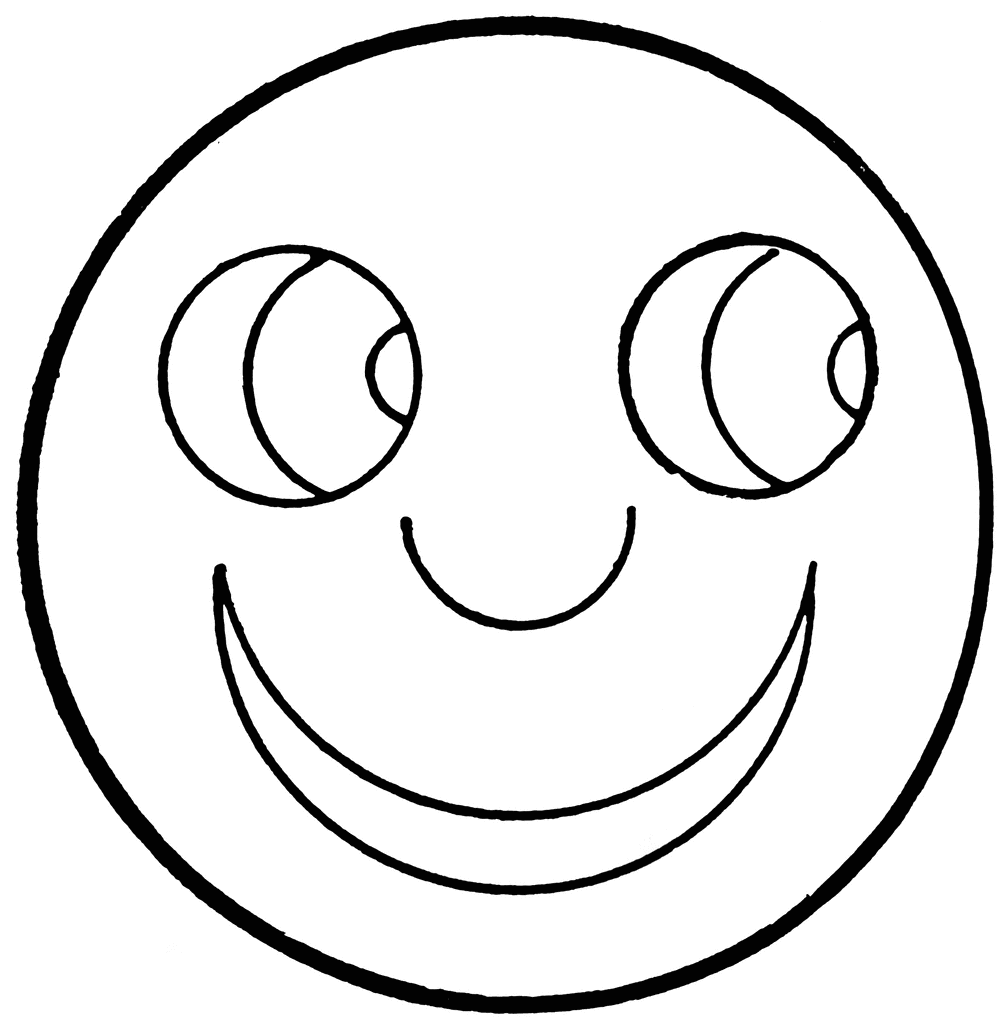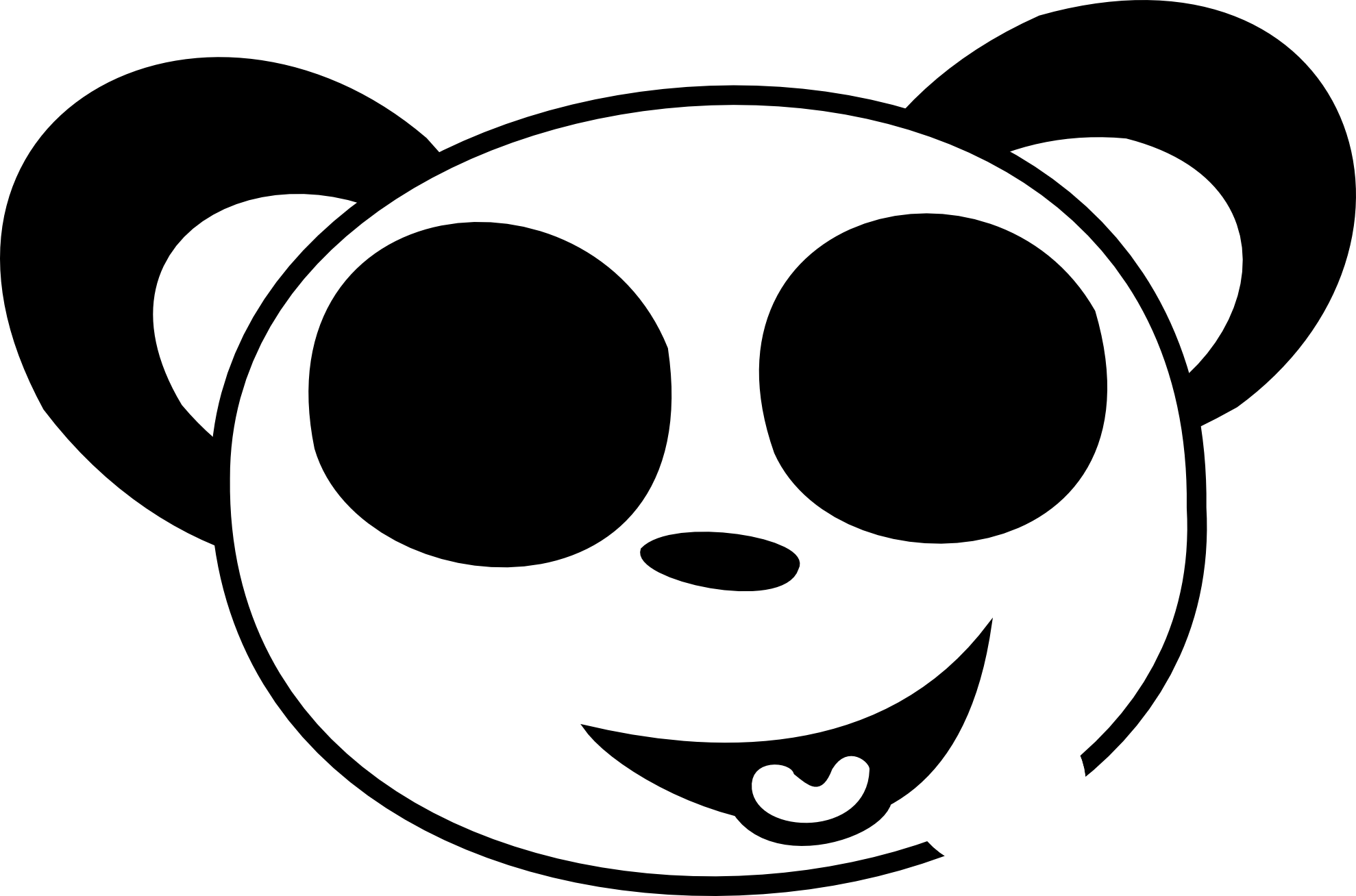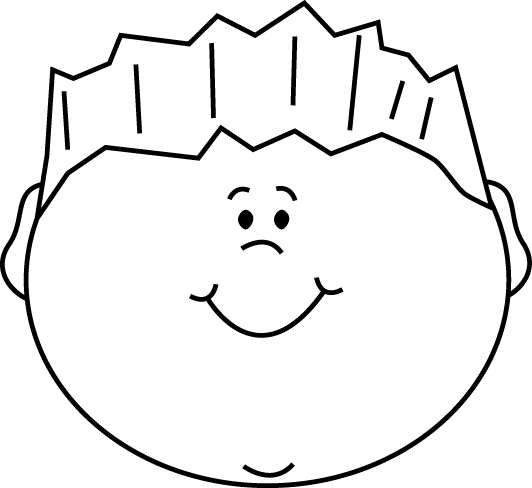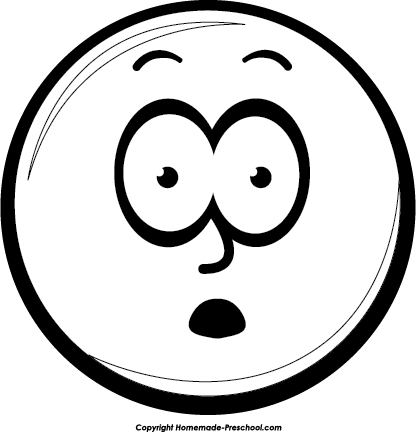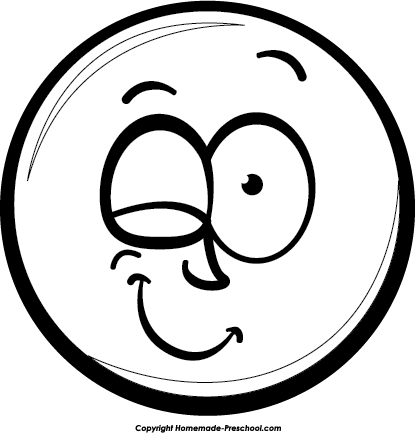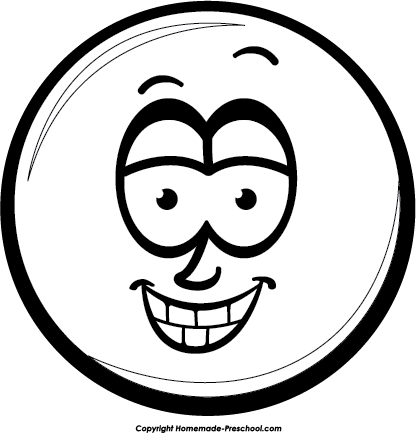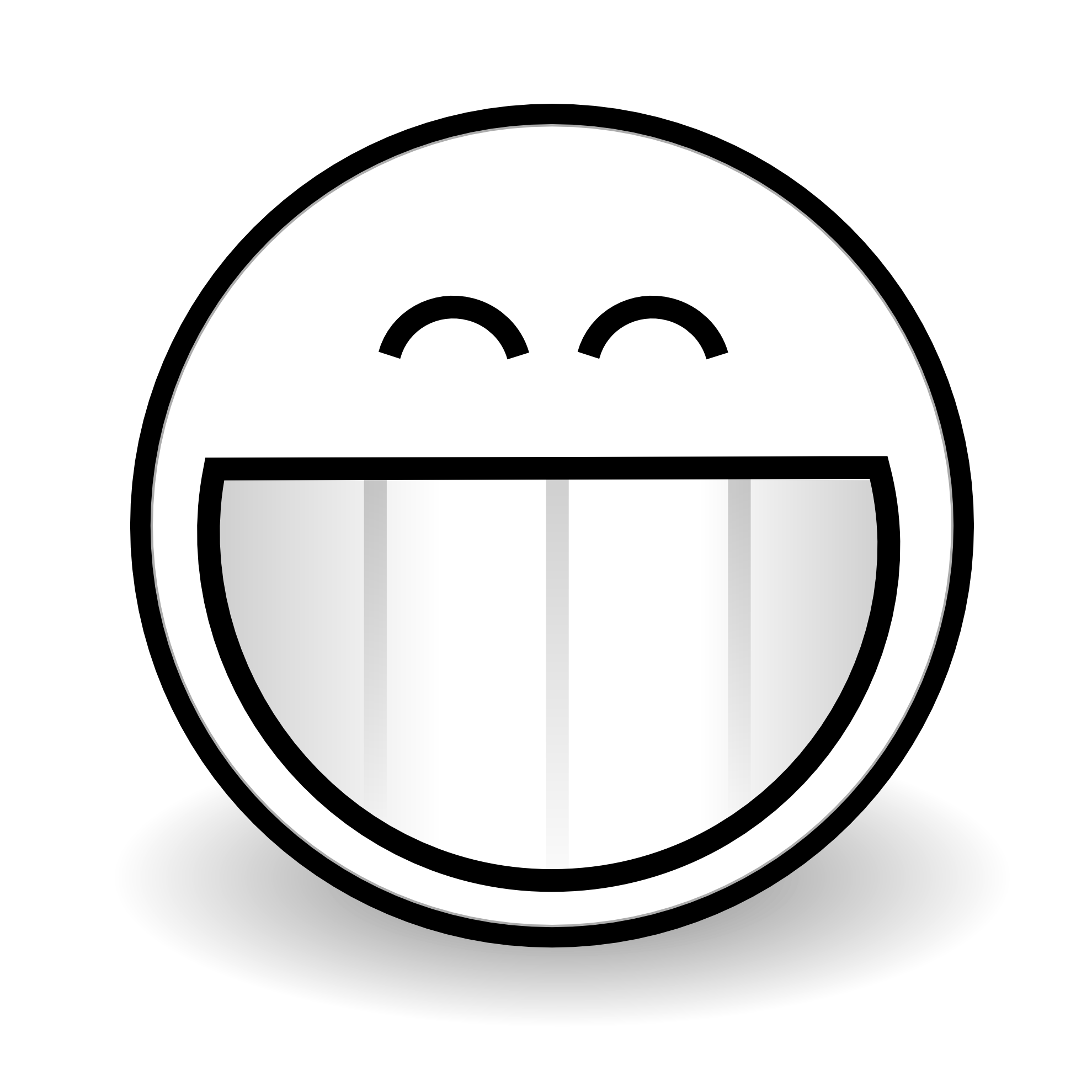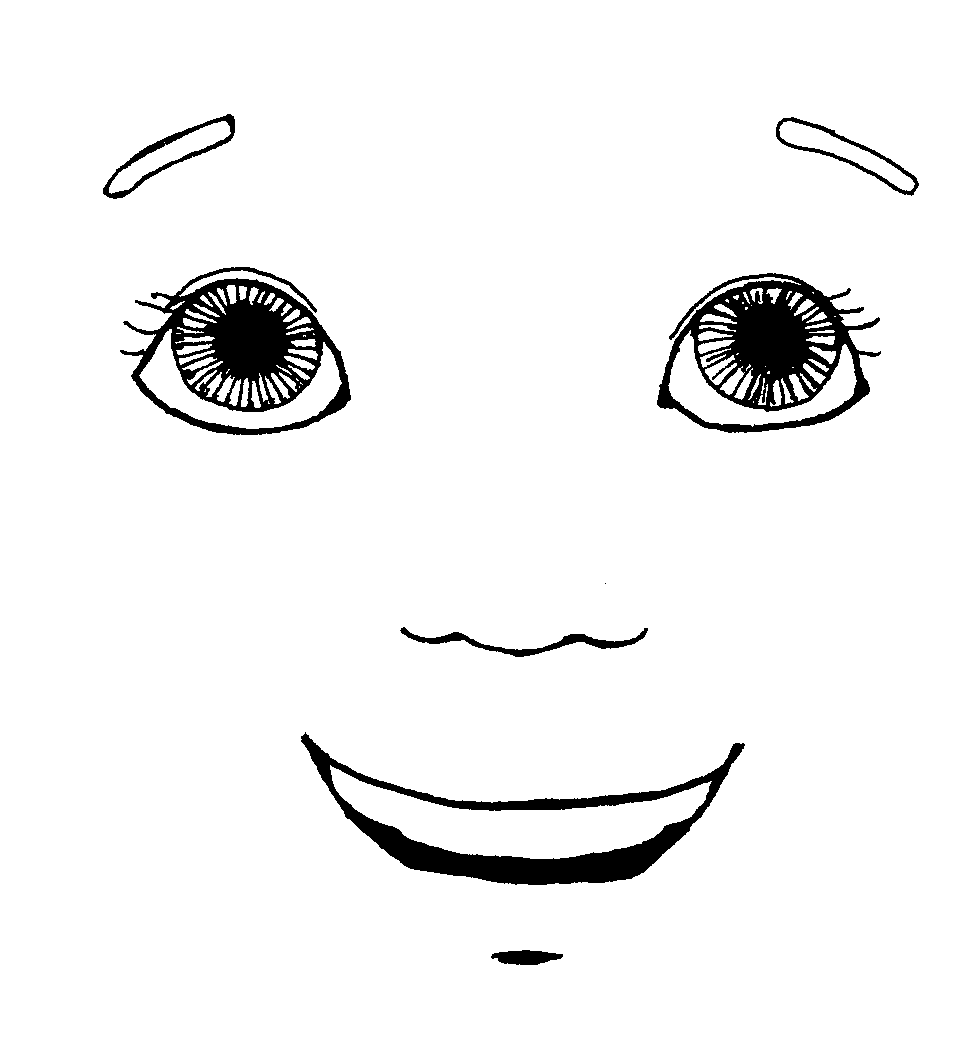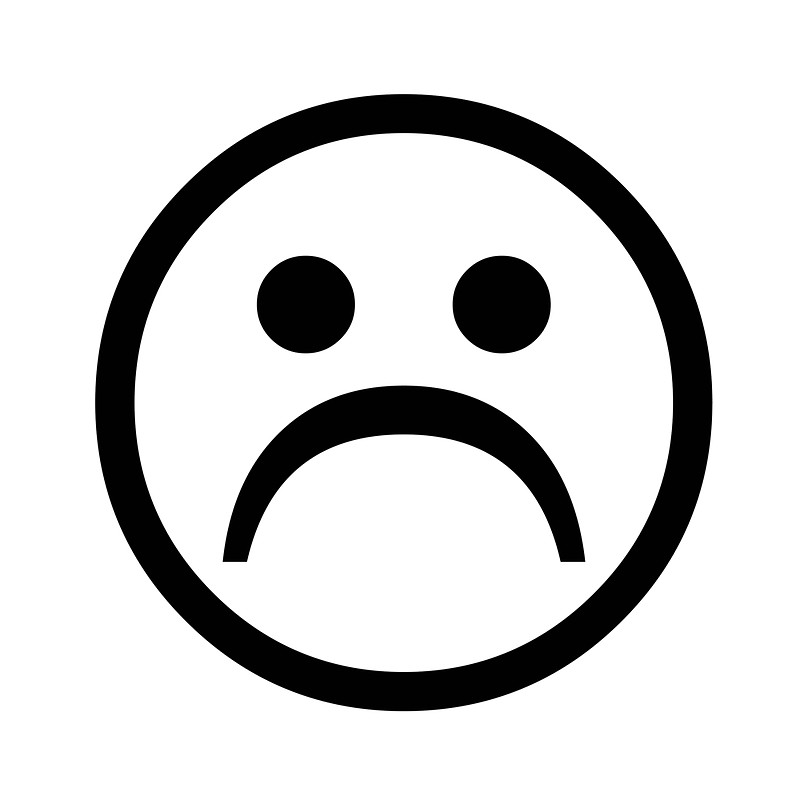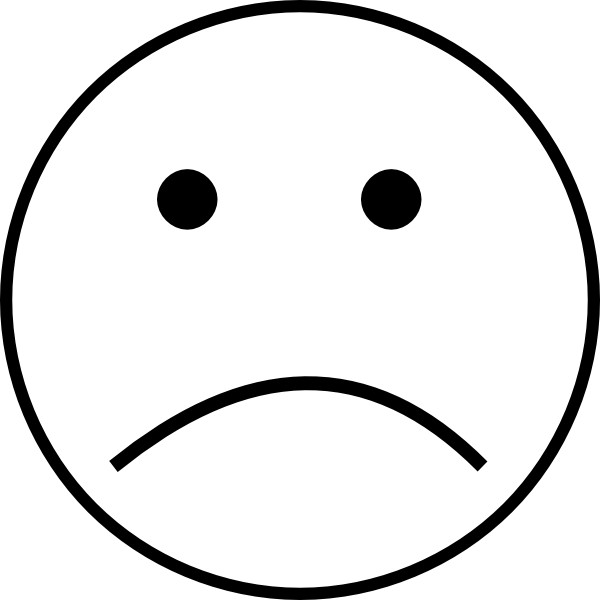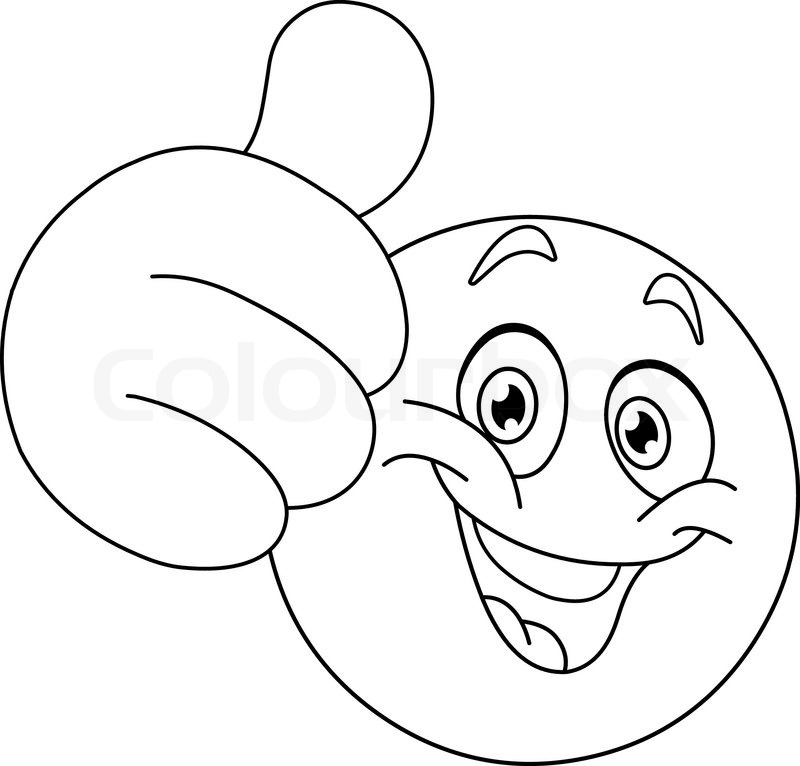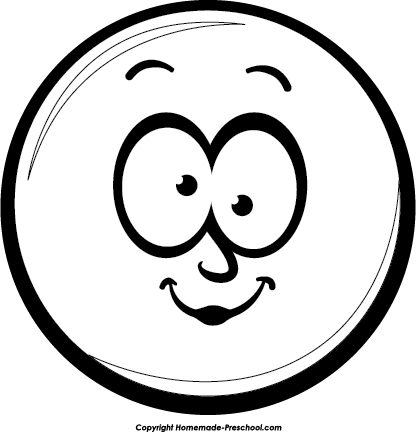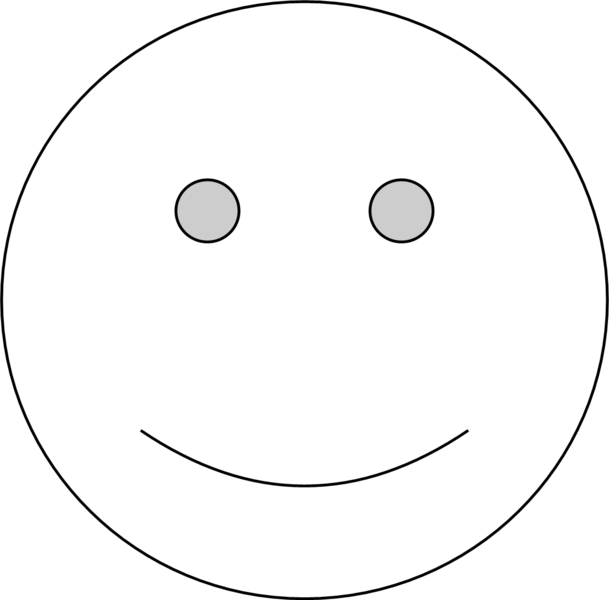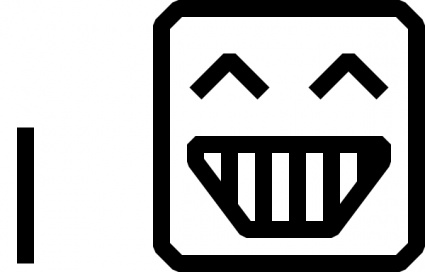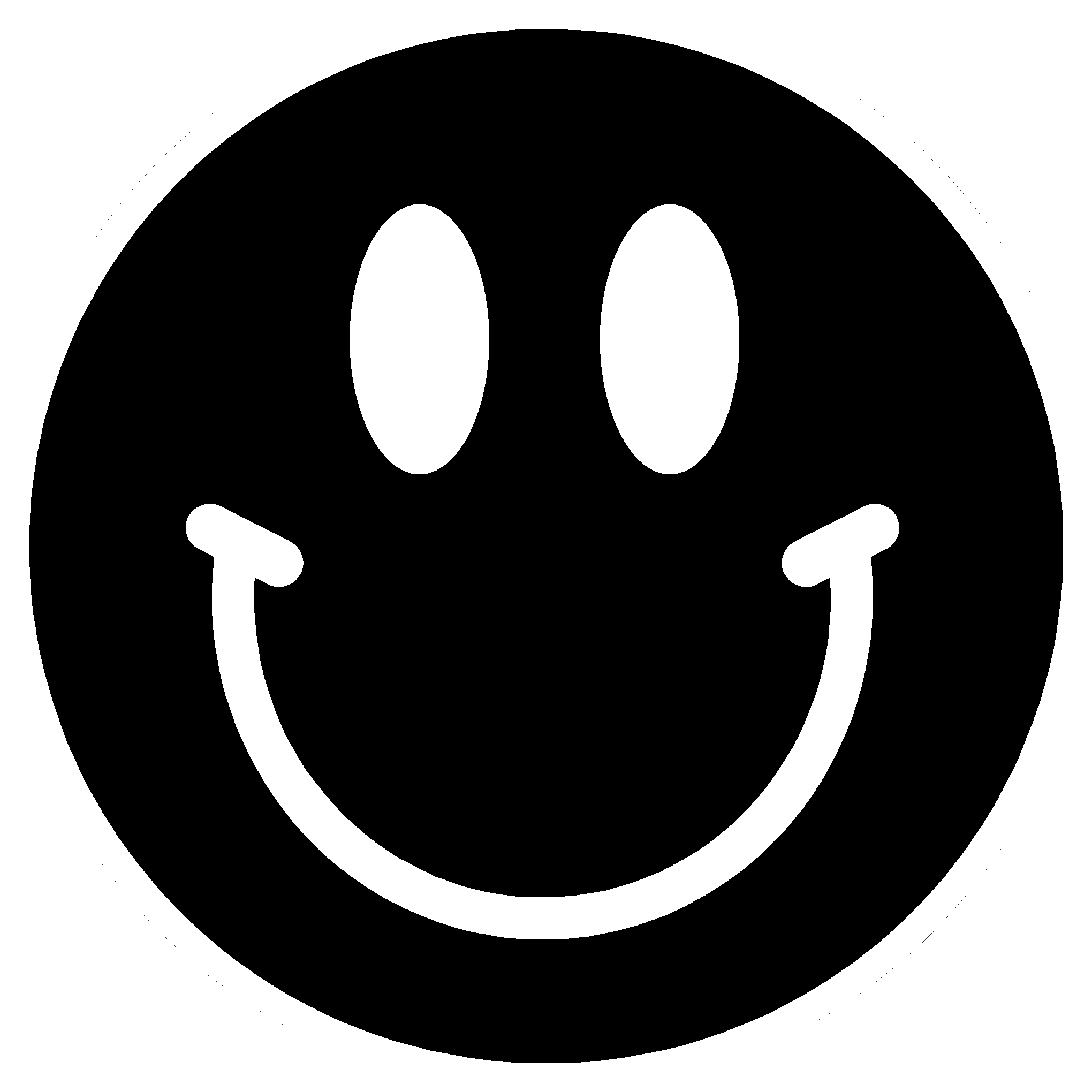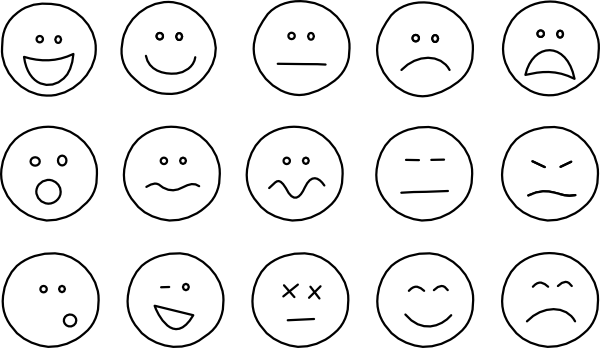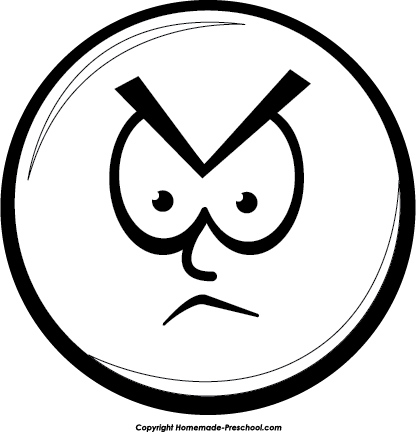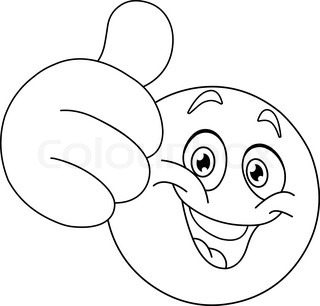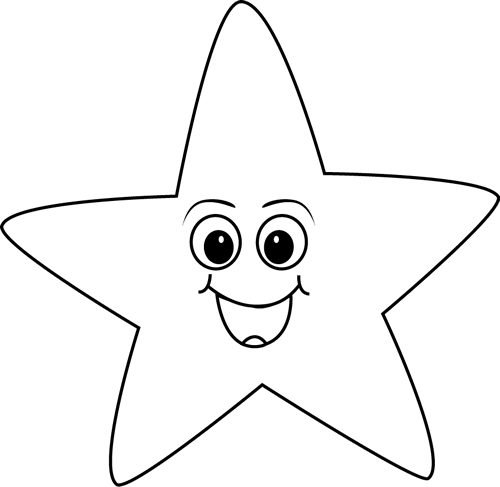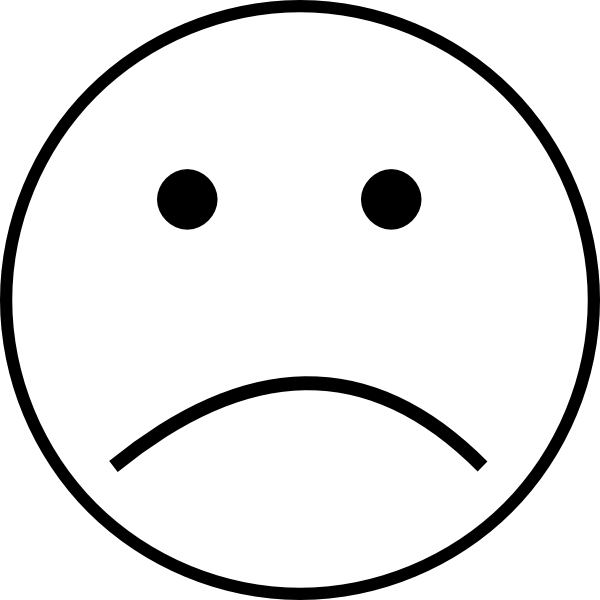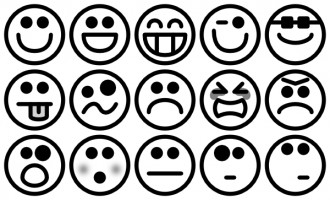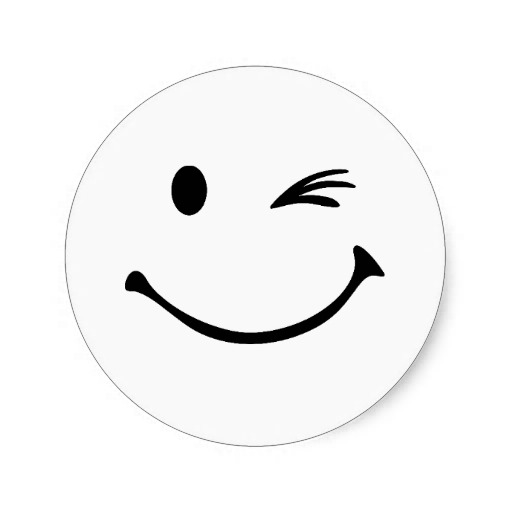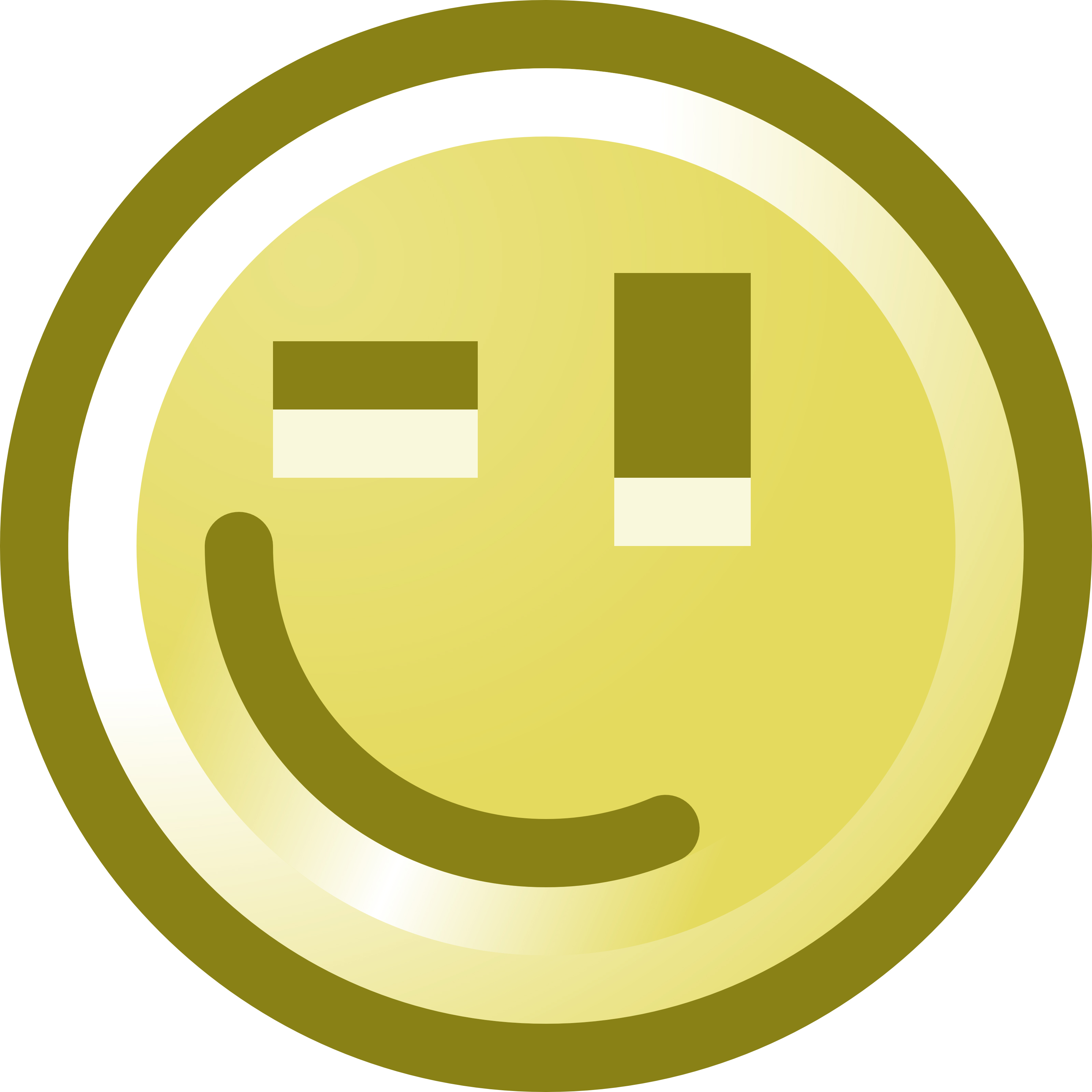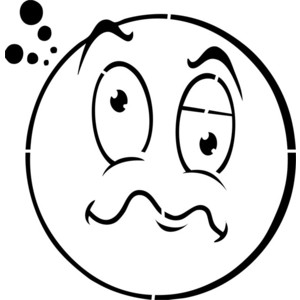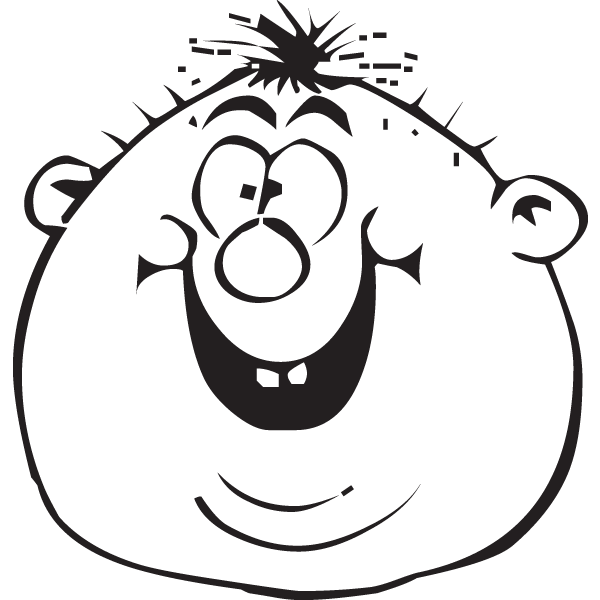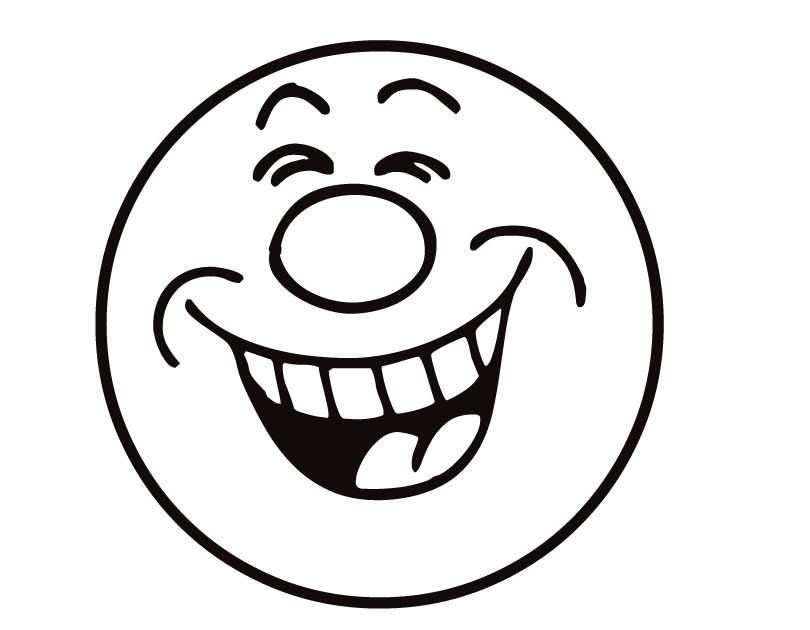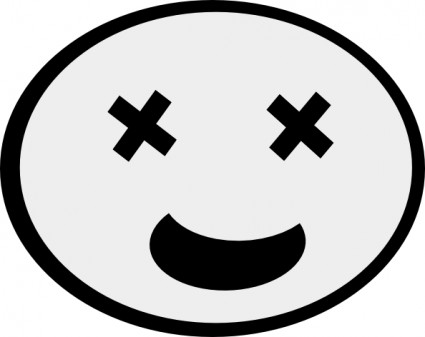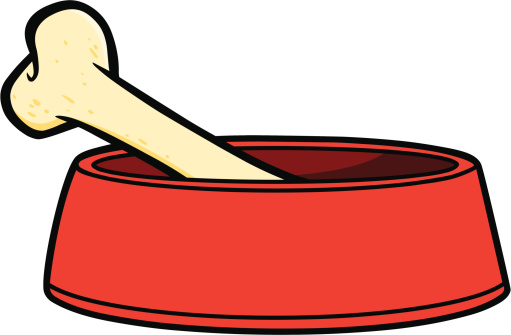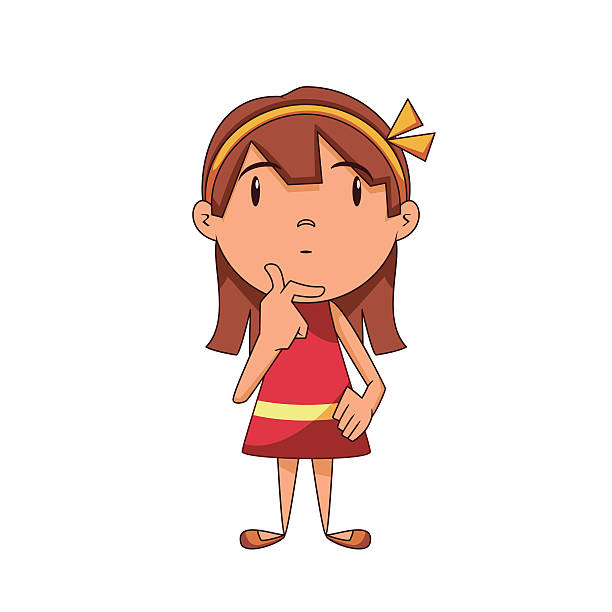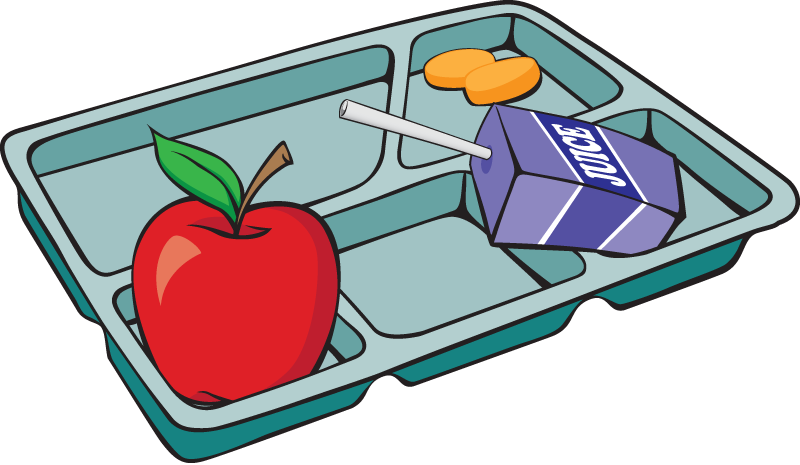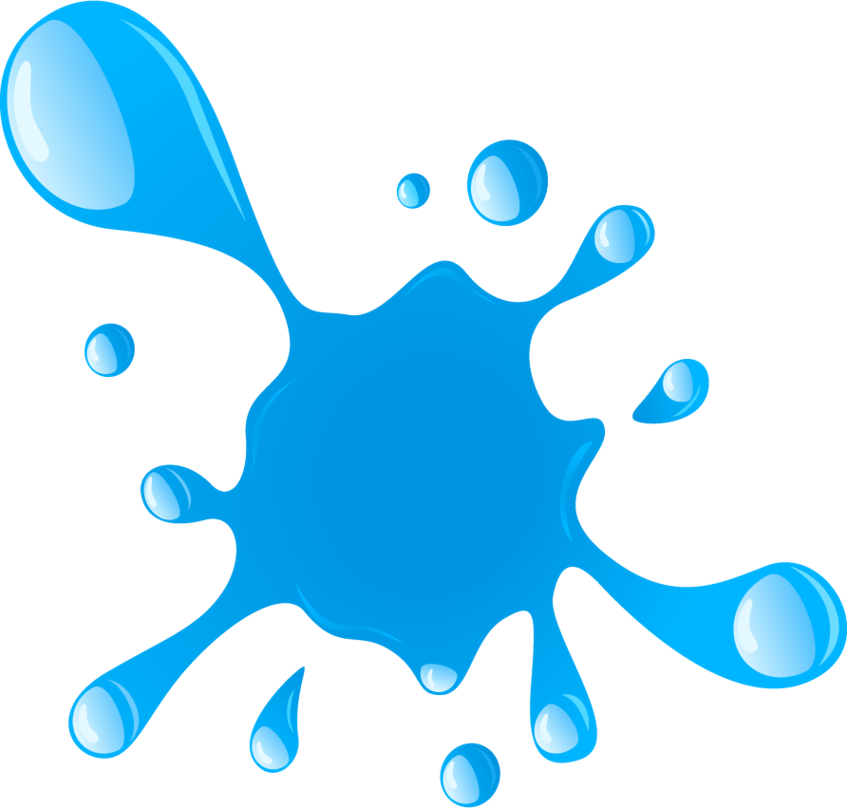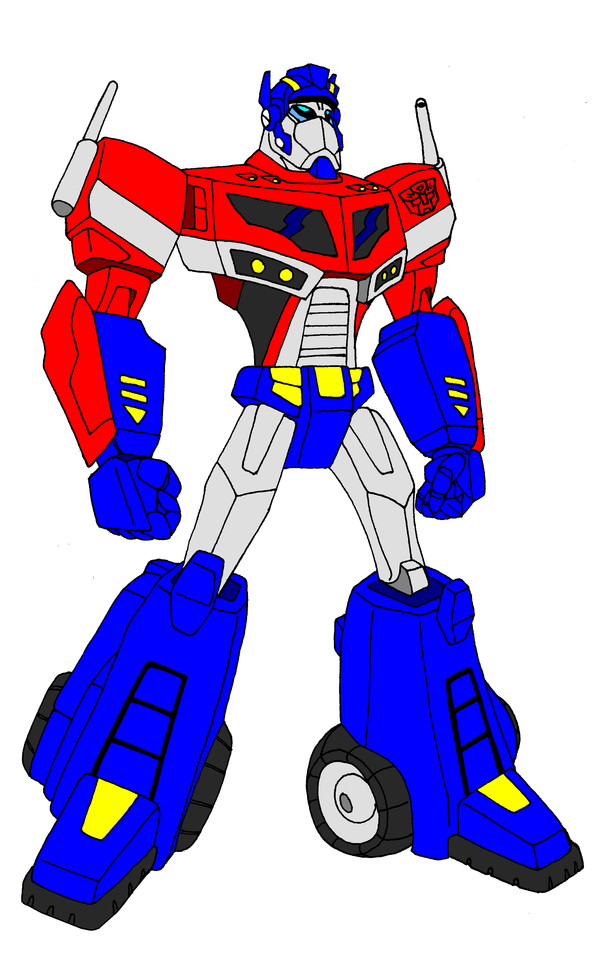Smiley Face Clip Art Black And White
Smiley faces have become an integral part of our digital communication, and you cannot miss seeing one every time you turn on your phone or computer. The iconic yellow circle with two dots for eyes and a curved line for a mouth has taken the world by storm, and it is hard to imagine a world without them. They have become the universal language in conveying emotions, regardless of the language or culture. But where did the smiley face come from, and what makes them so popular?
The history of the smiley face can be traced back to 1963 when a graphic artist named Harvey Ball created what is believed to be the first smiley face. The Worcester, Massachusetts-based State Mutual Life Assurance Company commissioned him to create a graphic that would raise employee morale. The iconic yellow circle with two black dots and a curved line for the mouth was born. The design was an instant hit, and the company used it on badges, buttons, and bumper stickers to promote the message of goodwill and positivity.
But it wasn’t until the early 1970s when a freelance artist named Franklin Loufrani started using the smiley face as a logo for his newspaper advertising. He trademarked the symbol in the UK, and from there, it expanded to other countries, including the United States. It became a symbol of happiness and positivity, and anyone could use it as long as they paid a licensing fee to Loufrani’s company.
The smiley face quickly became a pop culture icon, and it was introduced to a global audience when a French film called “La Gueule Ouverte” featured an animated smiley face in 1974. It was also during this time that the “Have a Nice Day” slogan became associated with the smiley face, and it became an emblem of the hippie movement.
Fast forward to the present day, and the smiley face has taken on a different form. With the advent of technology, the iconic symbol has invaded our digital devices in the form of emojis. They have become an integral part of our social media communication, and it is impossible to imagine a conversation without them. Emoji keyboards now offer a variety of expressions, including different skin tones, facial features, and even animals.
The smiley face and its now-expanded family of emojis have become a form of non-verbal communication, and they convey emotions that words sometimes cannot. They have become a shorthand for expressing feelings, whether it is happiness, sadness, anger, or love. They have made communication more accessible, and they have broken down language barriers.
The smiley face is an iconic symbol that has stood the test of time. From its humble beginnings as a graphic meant to raise employee morale, it has become an international symbol of happiness and positivity. It has gone through various transformations, from badges and bumper stickers to emojis, and it has become a form of non-verbal communication. It has made communication more accessible and has brought people closer together, regardless of language or culture. So, the next time you see a smiley face, remember its humble beginnings and the impact it has had on our lives.
55 Smiley Face Clip Art Black And White vector / images. Browse the popular clipart of smiley face black and white and get Smiley Face Clip Art Black And White for your personal use. Please share these Smiley Face Clip Art Black And White to your friends if it is useful.

